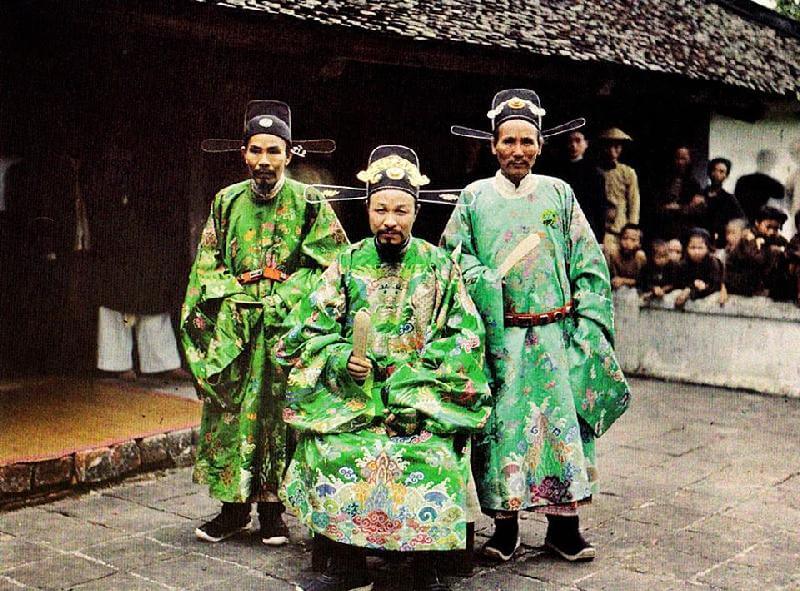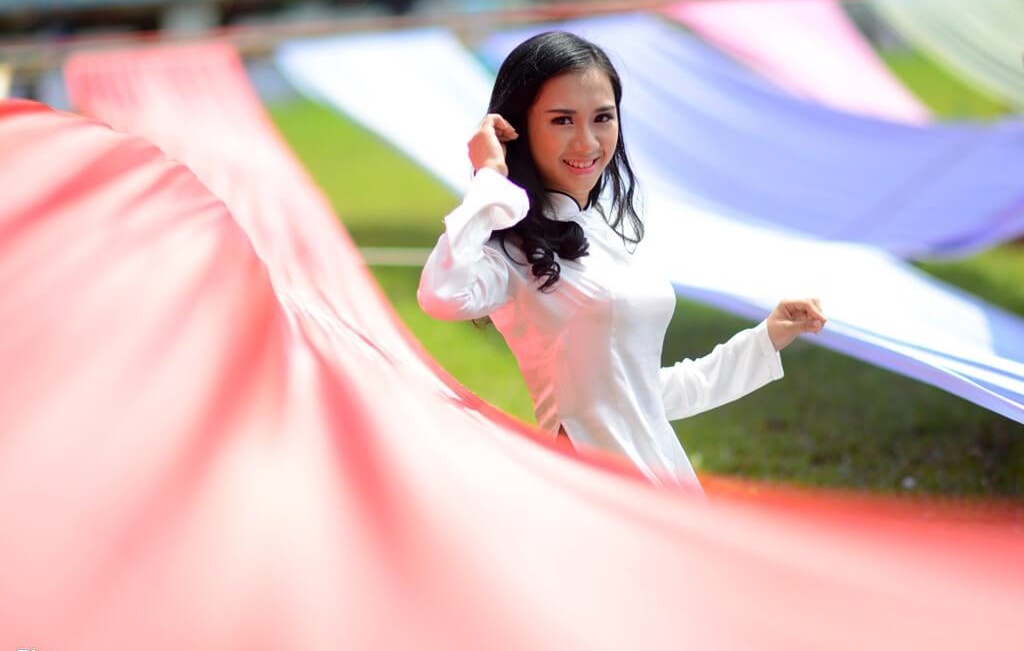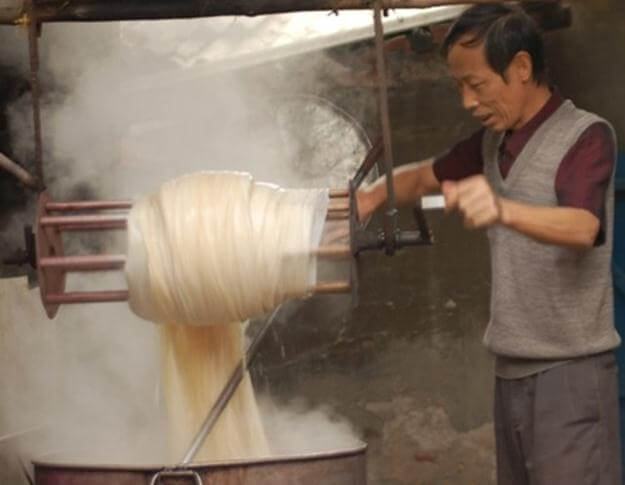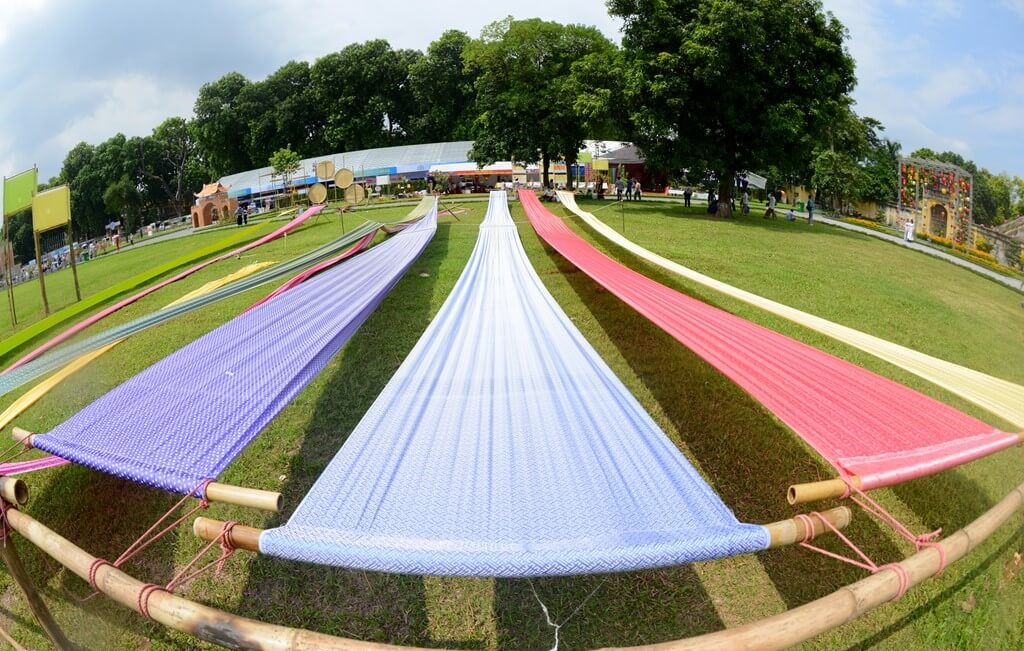History of Van Phuc Silk Village
In the past time, Van Phuc silk village was known as “Van Bao Village”. Due to the violation of imperial taboo, the village had to change its name into “Van Phuc” as the present time. Legend has it that there was a woman – a wife of a mandarin in the feudal dynasty, came and taught the local people how to weave beautiful silk rolls from fabrics of silkworms. After that, weaving silk gradually becomes a traditional job of people in Van Phuc village. In gratitude, the local people built a temple in the village to memorize their contribution.
Like other categories of silk, Van Phuc silk was considered as a luxurious good, which was only used for imperial members or nobles in the period of feudalism. Every year, local people had to pay tribute to their emperor the best quality silk. They were also responsible for weaving the royal clothes and as a rule, it took about 6 – 8 months to complete such a precious silk custom. At that time, silk was often embroidered with holy animals and trees in the Eastern countries such as dragon, phoenixes, cranes… The reputation of Van Phuc silk even spread to the Western countries when French colonists introduced to international fairs in 19th century.
The gate of Van Phuc Village
Van Phuc silk
Along the development of economy, Van Phuc silk has become a favorite product with both domestic and foreign customers. Van Phuc silk is divided into 70 different sorts of silk with 4 kinds of Asian motifs: animals, plants, objects, and graphic pictures.
Traditional silk clothes of feudal mandarins
Van Phuc Silk in "Ao dai"- Vietnamese national custom
Van Phuc silk brings a comfortable taste because it brings a beauty of elegance for wearers. To make every inch of silk, the local people have to follow a complex process with high techniques. At first, silkworm was fed by mulberry leaves to take fabrics for making silk.
Cocoon is fried in a Vietnamese small tent
After that, those bunches of natural fabrics will be dyed carefully over again, which creates the most perfect colors for silk. Because weaving silk is a difficult technique, weavers are required with extremely high skills to ensure the quality of silk.
Local people is dying silk yarn
Silk is fried under sunlight
Finally, fabrics will be weaved into silk with delicate ornamentations. In the present time, the local people in Van Phuc silk village have used the modern weaving techniques instead of the traditional processes in the past time. However, Van Phuc silk still attracts everyone because its quality has unchanged overtime.
What we can do
Setting foot on Van Phuc silk, visitors have opportunity to discover traditional techniques of making silk in the previous time.
The ancient weaving loom in Van Phuc Silk Village
Van Phuc silk village is also an ideal shopping place for fashion lovers. Visitors can buy silk products with diversity of categories such as handmade silk clothes, scarves, traditional silk garments. You can also choose available silk rolls in local shops and design it into your favorite clothes.
Silk rolls woven with colorful flowers







